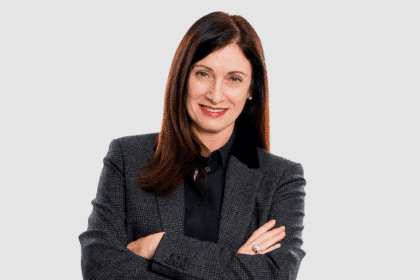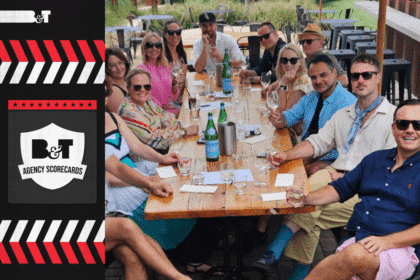Last week, Nine challenged perceptions that its audiences skewed old. This week SBS has taken a different tack, imploring the advertising industry to rethink demos all together and target the 40-pluses that have been far less impacted by the cost of living crisis than younger cohorts.
SBS is putting a stake in the ground to show the market that its audiences are vastly different from its local peers, Seven, Nine, Channel 10 and Foxtel.
It says that on an average day, the majority of people who watch SBS do not watch its traditional Aussie rivals. As a result, SBS increasingly competes with global streamers such as Netflix, Amazon Prime Video, Disney+, among others.
“We feel really well placed in this new premium video economy to compete. We’re premium, we’re diverse, we’re sustainable, we’re leaders in digital with very much an audience first mindset, and we believe that sets us apart,” Jane Palfreyman, SBS chief commercial and marketing officer said at a media briefing ahead of the event.
“What also sets us apart is how we show up for our clients and our partners, and being both in OzTAM and in video futures collective demonstrates this, and it demonstrates our belief that we need to show up where our partners need us to and obviously no other network is doing this.
“We sit in this beautiful intersection of public and commercial media and can drive really good outcomes for both.”
To prove the point, SBS said that 70 per cent of its viewers on an average day do not watch Seven, Nine, 10 or Foxtel. And it’s a similar tale with the SVOD cohort (see charts below).
SBS said its “unique” and “hard to find” audience offers advertisers great incremental value.
“We’ve independently retested and also validated our audience data for the new VOZ and the latest results prove that by allocating 10 per cent of your linear TV campaign spend to SBS, you can achieve your reach goals faster, which brings overall campaign cost savings of about 19 per cent,” Kieran Beasley, national sales manager of TV and Digital said.
“Similarly, from a BVOD perspective, investing 27 per cent of your BVOD campaign spend with SBS On Demand delivers 43 per cent more efficient cost per reach points.”
SBS began as a radio network in the 1970s.
Let’s celebrate 50 (and older)
In 1975 the Australian Government established radio stations 2EA in Sydney and 3EA in Melbourne to inform Australians from non-English speaking backgrounds about Medibank, the new national health care scheme of the day.
SBS TV began test transmissions in 1979 with full-time transmission beginning on 24 October 1980 (United Nations Day).
As SBS heads into its 50th anniversary, there are two points that the multicultural broadcaster would like to make about its heritage and age.
The first, and perhaps most pertinent, is a challenge to the advertising industry to re-write the trading demos that haven’t changed since SBS was born and are no longer representative of Australia’s ageing population and where disposable income resides.
“When you reflect back on how much has changed in that half a century… our continued obsession with a 25 to 54 demographic hasn’t,” Beasley said.
“We know that reaching Australia’s under 40s at scale is really complex and also really costly, but interestingly, there’s actually fewer of them, so as a percentage of the population, under 40s today represent just 50 per cent of the population, compared to 66 per cent only 50 years ago.”
This matters not only because there are increasingly more older Aussies to target, they are also increasingly more likely to spend (see above).
“Commbank data clearly shows that the under-40s are the demographic that is most impacted by the current economic climate. So they’re significantly pulling back on their discretionary spending and they’re also eroding their savings just for daily essentials. Conversely, or you can see the over 40s are spending more than ever,” Beasley said.
When asked by B&T how SBS planned to overcome rusted-on perceptions about demos in the market, Beasley said it was more a case of championing a “new batch of super consumers”.
“What we’re trying to encourage is a reconsideration on the value of those of those really valuable demographics of 35-64 or 40-plus,” he said.
“They will drive more cost-effective reach, but it’s also giving brands and marketers the opportunity to drive some real business impact and growth where traditionally they maybe haven’t been playing in that space.”
Beasley said SBS is increasingly working with brands on older and more valuable demos that are delivering strong impacts and business results.
There is also market interest in dynamic digital advertising products and sophisticated targeting that overlays transaction and segment data.












